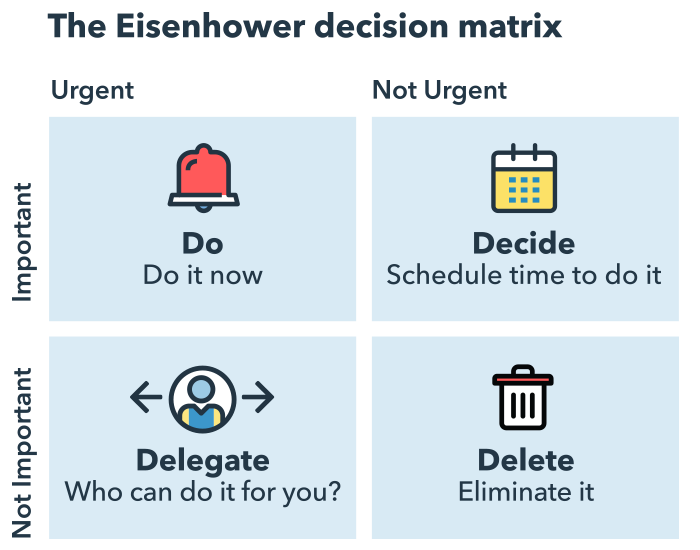
Despite current labor shortages creating something of a tilted playing field for EDI professionals, even companies who urgently need a variety of roles are looking for more than warm bodies.
With backlogs to clear and trading partners to onboard, companies tell us they need specialists who can make an impact with minimal supervision.
In our experience, EDI candidates who keep themselves in demand through a variety of economic conditions tend to follow a general set of principles.
EDI Professional Principle 1: Go the Extra Mile
In the EDI services business, developing a good reputation brings with it repeat business and more work. Setting yourself up for success in the future means building trust in the present.
Let’s look at a real-world example using a Remedi consultant we’ll call Laura. Laura was engaged for several months on a project for a Midwest candle manufacturer. The scope called for Laura to support Remedi’s solution architect in migrating the customer’s legacy EDI translator to a modern solution.
Over the course of the project, Laura worked closely with the internal project owner, a woman we’ll call Amber. Amber was a veteran IT manager but new to EDI. As such, she peppered Laura with a steady stream of questions such as “Laura, I should probably know this by now but what’s an 879 used for again?”
Laura wasn’t hired to give Amber a crash course in EDI 101. Yet Laura promptly answered all of Amber’s questions without ever making her feel like she was wasting her time. Now Amber insists on Laura whenever she has a new EDI project that calls for her skill set.
EDI Professional Principle 2: Document the Difference You Make
How EDI professionals talk about their experiences in interviews with hiring managers can be a minefield— or a goldmine. To avoid getting lost in the weeds, well-prepared EDI candidates use the CAR model (Challenge-Action-Result).
For example, when asked to use the CAR model to explain how he helped this logistics provider get up to speed after migrating to Cleo Clarify, the Remedi consultant who worked with this customer said:
“I was brought in because keeping up with their daily EDI tasks didn’t leave the customer’s internal team enough time to master the new system on their own.” (Challenge)
“I worked with the customer’s IT director to develop a set of exercises within the production environment and got the team comfortable integrating an SVN repository into their workflows. SVN makes Cleo different from working with other EDI software. SVN is a collection of files and directories that also tracks the complete history of all the modifications. This feature is invaluable when a team of EDI developers is collaborating because it helps reduce the risk of someone overwriting another developer’s work.” (Action)
“By grounding the training in the actual production environment, I made it easier for the team to retain the new information and apply the training. For example, they came up with a way to offer their customers near real-time visibility of their truck locations— which is obviously a huge advantage for a logistics provider.” (Result)
EDI Professional Principle 3: Quantify Your Best Accomplishments
Whether streamlining a resume or prepping for a Zoom introduction, candidates should include metrics wherever possible. Accomplishment metrics fall in two buckets, increase-based and decrease-based.
Increase-Based EDI Metrics
How did the solution you’re calling out help increase efficiency? Did it improve processes, workflow, or uptime? If so, by what percentage?
What about revenue impact? If you contributed to a project that allowed the customer to sign more deals, are you able to show that your contribution helped to increase revenue?
That said, we understand revenue is tricky to quantify. Also, you never want to oversell the impact of your work.
On the other hand, it always makes a good impression when you can credibly link your contribution to a customer's success.
Decrease-Based EDI Metrics
Even if you didn’t directly contribute to revenue increases, did your work product lead to decreased costs or reduced process time? When you can state the impact of your EDI solutions in dollars and cents—or hours and days— you keep the customer’s focus on your value, not your rate.
After all, leading-edge companies began to adopt EDI in the late 1980s after experiencing the dramatic savings EDI created. The cost savings were due to eliminating the time and errors that came with manual processing of invoices and purchase orders.
Automating and standardizing communication with trading partners and third-party logistics vendors via EDI helped them decrease mistakes throughout their supply chains and avoid millions of dollars in chargebacks and SLA violations—and it continues to.
EDI Professional Principle 4: Take One for the Team
EDI professionals new to consulting often find the best way to increase their value to a customer is to find and volunteer for the task that others have been putting off. It might be because it’s boring, tedious, or inconvenient, but if it’s not getting done and it needs to be, then offer to take it on.
Or let’s say the customer has hired you to lead their migration to a new EDI solution and the client needs some additional availability for the go-live phase. If required, make yourself available if you can. Clients tend to forget their omissions but remember those who stepped up to help them deliver on time.
This rule comes with two caveats.
First, never look for extra work until you’ve completed the tasks for which you’ve been contracted to complete.
Second, verify that any additional tasks you take on fall within allowable variances for hours, or that the customer is willing to exceed the original scope to cover the extra work.
Also, be willing to invest in your own education about EDI and its impact on other parts of the customer’s business. One easy way to do this and cultivate relationships at the same time is by offering to shadow members of the internal team.
One of our EDI consultants has supported a global building products manufacturer full-time for more than two decades. How did he secure his position as a valued member of their EDI team?
By demonstrating interest in, and commitment to, the customer’s operations and their success.
EDI Professional Principle 5: Manage Your Priorities
Like every career choice, there are no guarantees of success in EDI consulting. But in our experience, EDI consultants who achieve long-term success and stability are masters when it comes to managing their time. They’ve learned that the secret to managing their time is managing their priorities.
Learning to manage the competing requests, hard deadlines, and unexpected issues that define EDI consulting is critical to success. Just ask the people who founded Remedi, Tracy and Brad Loetz.
They were corporate EDI professionals at first, and when they started working for themselves, they quickly learned they needed a tool to help them decide where to focus their time and attention.

They adopted a tool developed by the 34th President of the United States, Dwight D. Eisenhower. While it’s true that the customer’s priorities must be your priorities as a consultant, you can use the Eisenhower Matrix to help you be the commander of your time—and in the process, be more effective for your customer.
Are You Ready to Make the Leap to EDI Consulting?
We recognize that EDI consulting is a more natural choice for some than others. At the same time, the companies we support value highly the contributions of EDI/B2B integration consultants and tell us often.
If you decide you want to learn more about EDI consulting careers or explore opportunities with Remedi customers, drop us a line at staffing@remedi.com.


